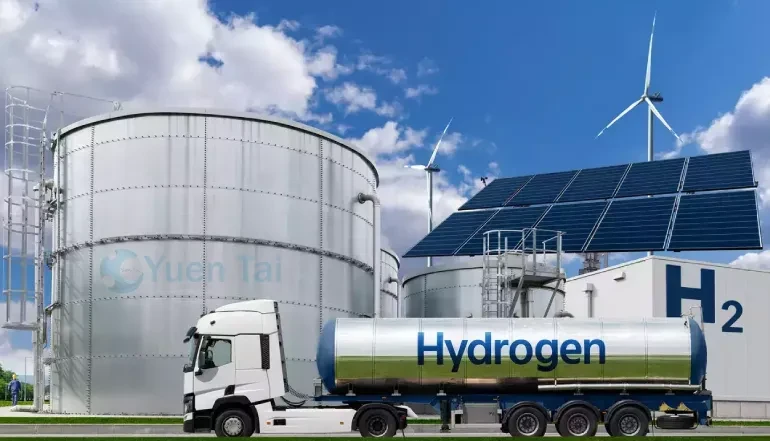Hydrogen Production Plants: Unlocking a Sustainable Energy Future
Hydrogen production plants are pivotal in the generation of hydrogen, a clean and versatile energy carrier with a wide range of applications. Hydrogen is considered a crucial element in the transition to a sustainable energy future due to its potential to reduce carbon emissions and support various sectors, including transportation, industry, and power generation.
Key Methods of Hydrogen Production:
-
Steam Methane Reforming (SMR):
Steam Methane Reforming is the most common method for hydrogen production. It involves combining steam with natural gas (methane) in the presence of a catalyst to produce hydrogen gas and carbon monoxide.
-
Electrolysis:
Electrolysis is a process that uses an electric current to split water (H₂O) into hydrogen and oxygen. It can be powered by renewable energy sources, making the produced hydrogen a green and sustainable energy carrier.
-
Gasification:
Gasification involves the conversion of organic materials or fossil fuels into a hydrogen-rich gas by reacting them with steam, oxygen, or a combination of both.
Key Components of Hydrogen Production Plants:
-
Steam Methane Reforming Reactor:
The reformer is a critical component for SMR-based hydrogen production. It facilitates the reaction between methane and steam to produce hydrogen and carbon monoxide.
-
Electrolysis Cells:
Electrolysis plants consist of cells that use electricity to split water into hydrogen and oxygen. The cells are equipped with electrodes and an electrolyte to enable the chemical reaction.
-
Gasifier:
In gasification-based hydrogen production, the gasifier is key. It converts organic or fossil feedstock into a hydrogen-rich gas through controlled reactions.
-
Purification Systems:
Purification systems remove impurities and by-products to ensure the produced hydrogen meets the required purity standards for various applications.
Importance of Hydrogen Production Plants:
-
Clean Energy Source: Hydrogen is a clean and efficient energy carrier that, when used, produces water as the only emission, making it crucial for reducing carbon emissions and combating climate change.
-
Decarbonization of Industries: Hydrogen can be used as a clean fuel in industrial sectors, reducing the carbon footprint of industries like steel, cement, and chemicals.
-
Energy Storage: Hydrogen can store excess energy from renewable sources like wind and solar, providing a solution for intermittent energy availability and supporting grid stability.
-
Transportation: Hydrogen fuel cells can power vehicles, providing a sustainable alternative to fossil fuel-powered transportation and reducing greenhouse gas emissions.
-
Diverse Applications: Hydrogen has versatile applications, including fuel cells for power generation, heat production, feedstock in industrial processes, and more, making it a vital component in the energy mix.
Hydrogen production plants are at the forefront of sustainable energy initiatives, playing a pivotal role in the production of clean hydrogen for a variety of applications. As the world strives towards a low-carbon future, hydrogen is expected to become a central pillar of the global energy landscape.


